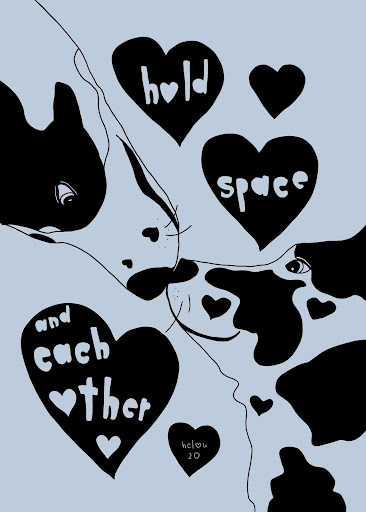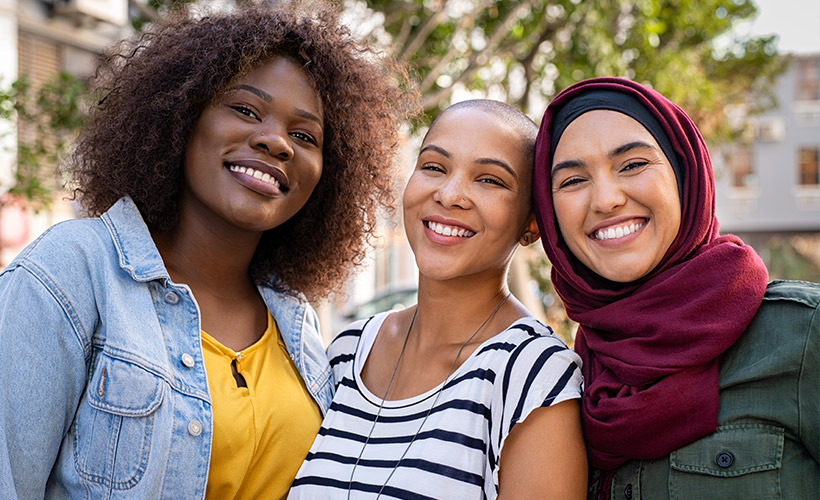As educational systems diversify, the call to develop more inclusive curricula and efforts have increased (i.e., Colorado State Executive Order for Diversity, Equity, and Inclusive efforts). At the same time, we are experiencing calls to ban and eliminate critical race theory from curriculum, as well as executive orders to continue to target queer, transgender, and gender expansive youth in Texas. These are trying times for educators to navigate as we establish diversity, equity, inclusion, and justice roles/departments/policies/procedures in our schools, colleges, universities, libraries, school boards, etc., in order to better support learners who are continuing to develop their whole selves.
How do we continue to work on our roles to “do no harm” and “cura personalis” when there seems to be a constant bombardment of current events and need to perform diversity, equity, and inclusion in our roles in politically savvy ways?
Don’t Believe the Hype
Public Enemy (shout out to the wisdom of our hip-hop disciples) begins to tackle this question in Don’t Believe the Hype (1988):
“The enemy could be their friend, guardian
I’m not a hooligan
I rock the party and
Clear all the madness, I’m not a racist
Preach to teach to all
‘Cause they never had this
Number one, not born to run
…
The minute they see me, fear me
I’m the epitome, a public enemy”
Simply put, so many of the DEI efforts have been responsive to a slough of events that have occurred in recent years—many as demands from student activism calling for the need for Black, Indigenous, and People of Color (BIPOC) to be represented in leadership positions (administration, faculty, teachers, etc.). But having people in positions is not enough; retention is key. Public Enemy talks about the stereotype threat of being a Black body in predominantly white spaces and the radical love and labor of teaching peers through the lens of his ministry (art). The labor and representation is not lost, especially with the weight of navigating continued politics. Public Enemy is not alone, as many BIPOC-identified students, staff, faculty, and community members have experienced the impact of being seen as the hooligan, party rockers, the epitome, and public enemy in spaces. And this takes a toll on the body and collective nervous system of the community.
Symbolically, it’s wonderful to have these DEI spaces, places, and processes in our educational systems. However, without acknowledging the colonial, patriarchal, capitalistic, and white supremacist history of learning in the United States, BIPOC professionals and students in these spaces may feel the impact of tokenization and battle fatigue in many of these spaces.
Struggling Better
 At this point, you may be wondering: “So… what does healing have to do with all of this? Doesn’t having a DEI initiative create healing?” That’s a great question. Susan Raffo is a process of “struggling better” in relation to our healing. Raffo says, “Feeling better is part of it, but it’s not the goal.”
At this point, you may be wondering: “So… what does healing have to do with all of this? Doesn’t having a DEI initiative create healing?” That’s a great question. Susan Raffo is a process of “struggling better” in relation to our healing. Raffo says, “Feeling better is part of it, but it’s not the goal.”
As you continue to discern your DEI efforts and move to center struggling better and healing, here are several questions to utilize for true organizational support and transformation:
- Who is at the table making decisions about developing and maintaining the diversity, equity, inclusion, and justice efforts?
- How are you defining DEIJ, and is there consensus in your organization? How will you get everyone on a similar level of understanding?
- Why are you making these structural changes, and what are the desired outcomes?
- How can you educate and better support frontline staff and educators with professional development and skills regarding these efforts? How can you make this development regular, ongoing, and for every level of your organization?
- Who are the community members, non-profits, policy makers, lobbyists, school board members, etc,. who can help you engage in professional development and policy development?
- How will your physical, psychological, socioemotional, etc., environments reflect these efforts and values (and de-center coloniality)?
- How will you get feedback from all members of your community and apply the relevant aspects to enhance people’s experiences?
- How do you assess if your efforts are making the desired impact on your community?
Good luck “struggling better.” May you find healing, new ideas, transformation, and slivers of joy.
In solidarity,
hc lou (she/her/hers)
See also:



